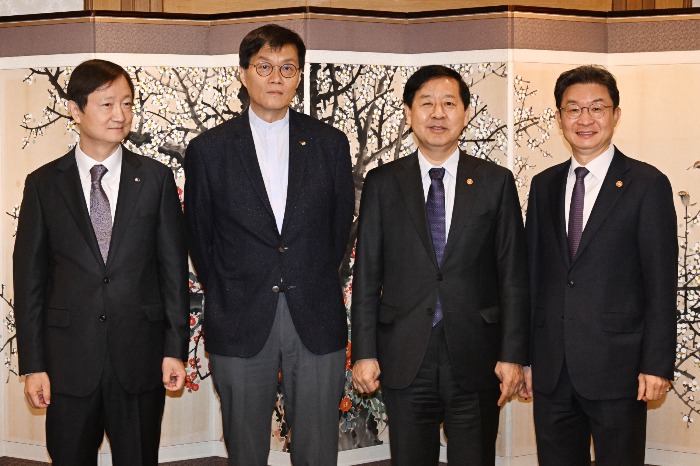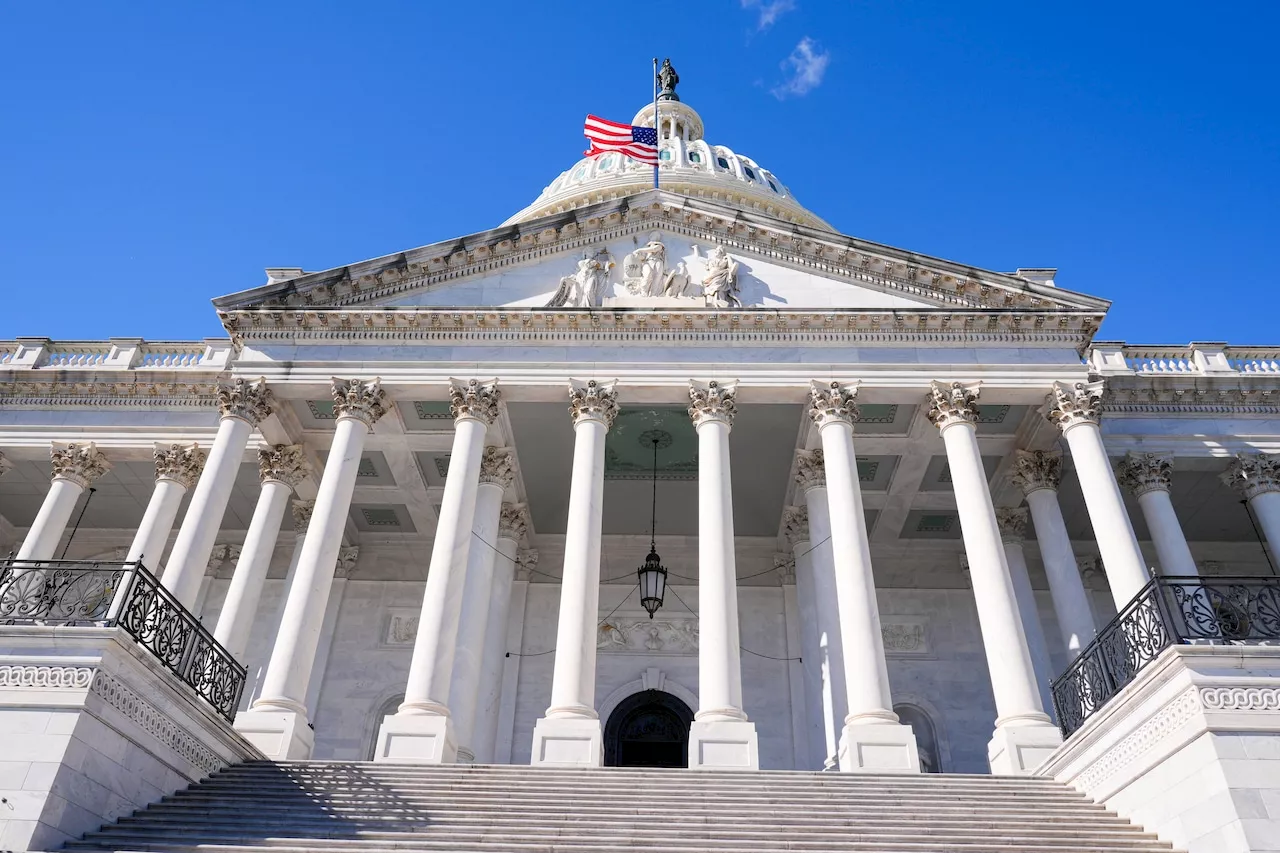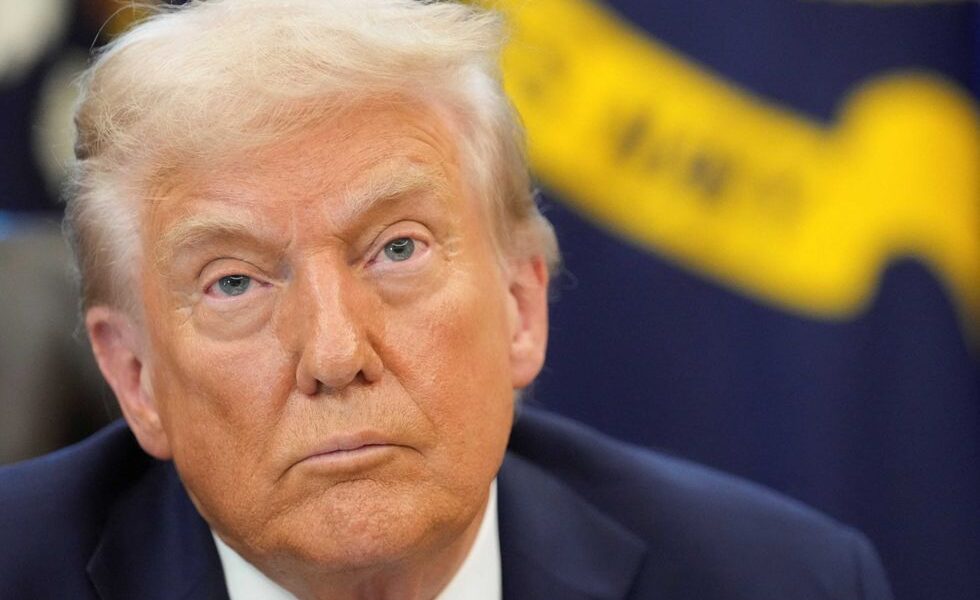UPDATE: The South Korean won surged dramatically this morning, recovering from a seven-month low, following urgent intervention measures announced by authorities. As of November 14, 2025, the won strengthened to approximately 1,450 per dollar, bouncing back from the mid-1,470 range earlier in the trading session.
Deputy Prime Minister and Finance Minister Koo Yun-cheol addressed concerns during a market-monitoring meeting, emphasizing that policymakers are increasingly alarmed by the currency’s decline. He stated, “There was broad agreement on the need for structural improvements in the foreign-exchange balance,” warning that persistent imbalances could lead to entrenched expectations of a weaker won among market players.
Koo’s remarks signal the government’s first clear verbal intervention since October. He confirmed that authorities would actively employ available policy tools to stabilize the market. Following these statements, the won strengthened to 1,455.9 per dollar from 1,475.4, indicating immediate market impact.
Authorities are collaborating with major market players, including the National Pension Service (NPS) and large exporters, to formulate stabilization measures aimed at addressing the won’s volatility. FX analysts welcomed these comments, noting that the won’s recent weakness was disproportionate to economic fundamentals, primarily driven by supply-demand distortions.
Traders noted that the sharp rebound in the won may not solely be attributed to verbal intervention, with some suggesting that actual dollar-selling operations by authorities contributed to the stabilization. A senior currency dealer reported, “There were signs of actual intervention around the comments.”
Despite today’s recovery, analysts caution that a broader backdrop of strong dollar demand and geopolitical uncertainty looms over the currency. The won had previously breached the 1,470 level, marking its weakest point since April, when it reached 1,484.1 amid escalating US-China tensions.
The current situation is intensified by heavy foreign selling in the Kospi, as global investors take profits after a series of gains in Korean equities. Additionally, persistent demand for dollars from local investors seeking overseas assets has further pressured the currency.
As of shortly before noon, the won was trading at 1,459.5 per dollar, with economists suggesting it could approach 1,500 by year-end if current trends continue. The currency has now spent 31 consecutive trading days above 1,400 per dollar, raising concerns about sustained economic impacts.
Market participants are urged to closely monitor developments as the government prepares to implement strategies aimed at stabilizing the won and restoring confidence in the currency.






